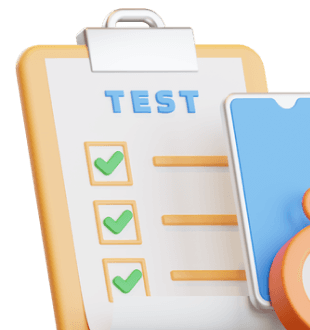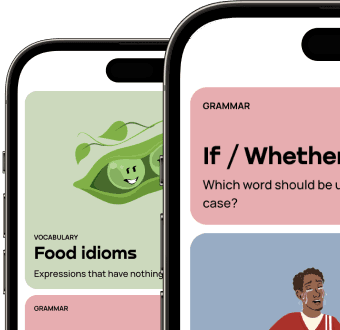Past Perfect in English
Contents
Key takeaways
- The past perfect tense shows an action that happened before another action in the past.
- Formula: had + past participle (had eaten, had gone).
- Used in storytelling, reported speech, and when describing sequences.
- Negative: had not (hadn’t) + past participle.
- Questions: Had + subject + past participle?
What Is the Past Perfect Tense?
The past perfect is a verb tense used to describe an action that happened before another past event.
Example:
- She had left before he arrived.
- I had never seen such a beautiful view until that day.
The Past Perfect Formula
The structure of the past perfect is simple:
Subject + had + past participle
Examples:
- I had studied English before I moved to London.
- They had finished dinner when the guests arrived.
To review participles, see participle and past participle.
When to Use the Past Perfect
1. To Show Sequence of Events
- By the time he called, I had already eaten.
2. With Time Expressions
- After she had finished her work, she went for a walk.
- They left before we had arrived.
3. In Reported Speech
- He said he had met her before.
4. To Show Experience Up to a Point
- I had never been to Paris before last summer.
The Scribbr resource gives many timeline-based examples of this usage.
Past Perfect vs Simple Past
| Past Simple | Past Perfect |
| I ate lunch at 1 p.m. | I had eaten lunch before he arrived. |
| She finished her homework. | She had finished her homework before dinner. |
Use past simple for the later action and past perfect for the earlier action.
Negative Sentences in Past Perfect
Formula:
Subject + had not (hadn’t) + past participle
Examples:
- She hadn’t seen the movie before yesterday.
- They hadn’t finished when the teacher arrived.
Questions in Past Perfect
Formula: Had + subject + past participle?
Examples:
- Had you studied English before moving?
- Had they already left when you arrived?
For more on questions, review interrogative sentences.
1
Common Past Perfect Sentences
- I had cleaned the house before my parents came home.
- They had gone to bed when the phone rang.
- She had studied English for five years before she moved to Canada.
- We had never visited that museum before last weekend.
Past Perfect in Storytelling
Writers often use the past perfect to give background information.
Example:
- He looked around the empty house. His family had already left.

Exercises: Practice the Past Perfect
1. Fill in the blanks
- By the time she arrived, we ________ (eat).
- He told me he ________ (see) the movie before.
2. Correct the sentences
- ❌ I had went to the party before he arrived.
- ❌ They had eats dinner before the show started.
3. Translate into English
- Elle avait déjà mangé quand je suis arrivé.
- Nous n’avions jamais voyagé à l’étranger avant 2020.
Answers
- had eaten, had seen
- I had gone | They had eaten
- She had already eaten when I arrived | We had never traveled abroad before 2020
Tips for Mastering the Past Perfect
- Always remember the formula: had + past participle.
- Use it only when comparing two past actions.
- Common time markers: already, before, after, by the time.
- Combine it with storytelling to make your English richer.
For more grammar help, check our verb tense guide.
Summary
The past perfect tense describes an action that happened before another past action. Its formula is had + past participle, with negatives (hadn’t + participle) and questions (Had + subject + participle?).
It’s especially useful in storytelling, reported speech, and clear sequencing. For extra support, see competitor resources like Grammarly and the British Council, and practice building your own past participle sentences while you learn English with Promova.


Comments